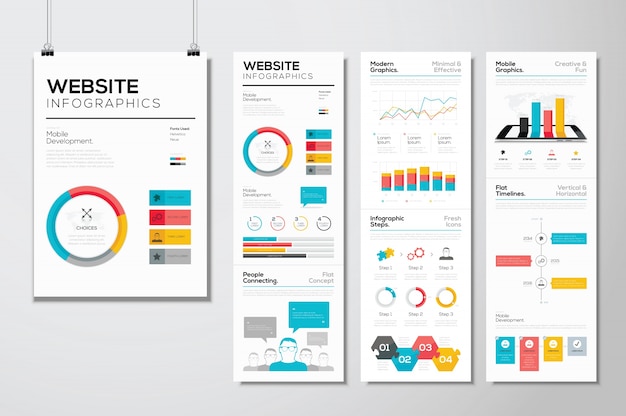Website Design Essentials: Tips For Building A User-Friendly Site
Website Design Essentials: Tips For Building A User-Friendly Site
Blog Article
Post By-Wiley Thorpe
When it involves website design, making sure user-friendliness is vital. From responsive design to structured navigating, every component plays an essential role in developing a website that caters to your audience's demands. But what concerning the finer details that can make or damage a user's browsing experience? Keep tuned as we reveal some often-overlooked suggestions that can raise your site's usability to the following degree, making it truly stand apart in the digital landscape.
Value of Responsive Design
Receptive design is a crucial aspect of contemporary web site growth. Ensuring your site is receptive ways that it can adapt to different screen dimensions and devices, offering a smooth experience for customers.
With the raising use smartphones and tablets to access the net, having a receptive layout is vital for reaching a wider target market. It aids in improving user experience by making your web site easy to navigate and keep reading any tool.
In addition, responsive style can positively affect your internet search engine rankings, as online search engine like Google focus on mobile-friendly websites. By having a receptive style, you're likewise future-proofing your website, as new devices with differing screen sizes continue to emerge.
Simplify Navigation Structure
To improve customer experience and facilitate easy accessibility to details on your site, improving the navigating structure is paramount. When creating your website, focus on creating a clear and user-friendly navigation food selection that helps visitors locate what they're seeking quickly.
Highly recommended Internet site of food selection items to the essentials, grouping relevant pages with each other to avoid frustrating users. Use detailed tags that plainly suggest the content of each web page, making it less complicated for customers to understand where each web link will take them.
Consider applying dropdown food selections for subcategories to avoid littering the main navigating bar. Furthermore, include a search bar prominently on the web page for users who like searching for certain details.
Prioritize mobile responsiveness in your navigating layout to make certain simple accessibility on all tools.
Optimize Web Page Load Rate
Improving web page lots rate is critical for retaining visitors on your web site. Slow-loading web pages irritate customers and can bring about high bounce prices. To enhance page lots rate, beginning by maximizing images. Compress pictures without jeopardizing quality to minimize their file dimensions.
Additionally, enable browser caching to keep regularly accessed resources in your area, accelerating lots times for returning visitors. Minify CSS, JavaScript, and HTML data by removing unnecessary personalities, comments, and format, enhancing load rate.
Take into consideration utilizing a content shipment network (CDN) to disperse your site's web content across numerous web servers worldwide, reducing latency for customers accessing your website from various locations. Lastly, restrict the use of third-party scripts and plugins, as they can dramatically influence load times.
https://housepaintingandfinishing55432.bloginder.com/33691819/aspects-to-consider-service-charges-and-limitations-with-free-internet-site-holding
To conclude, by incorporating receptive design, simplifying navigation, and maximizing page lots rate, you can produce an user-friendly web site that attract a bigger target market and boosts customer experience. These essential elements make certain that visitors can easily accessibility and browse your site across various devices, bring about boosted engagement and fulfillment. By concentrating on these key facets, you can build an effective web site that keeps users coming back for even more.
